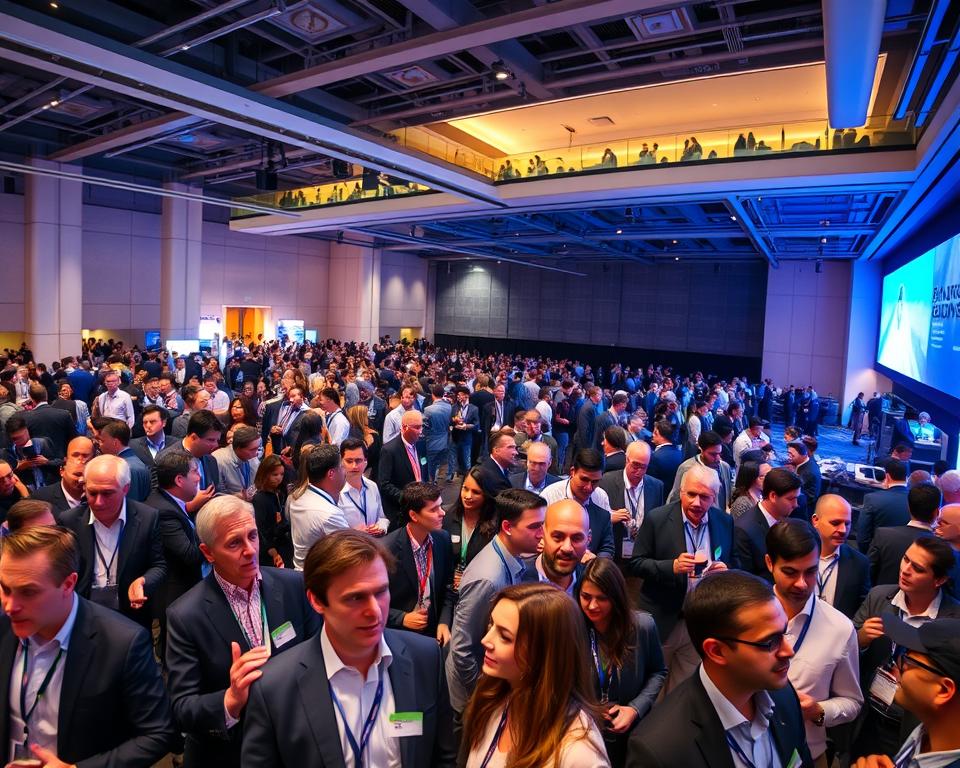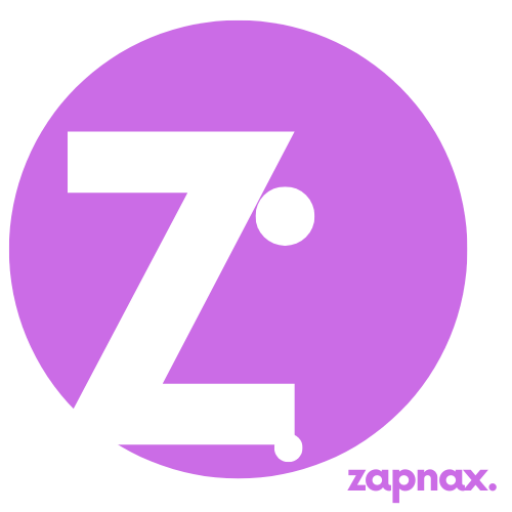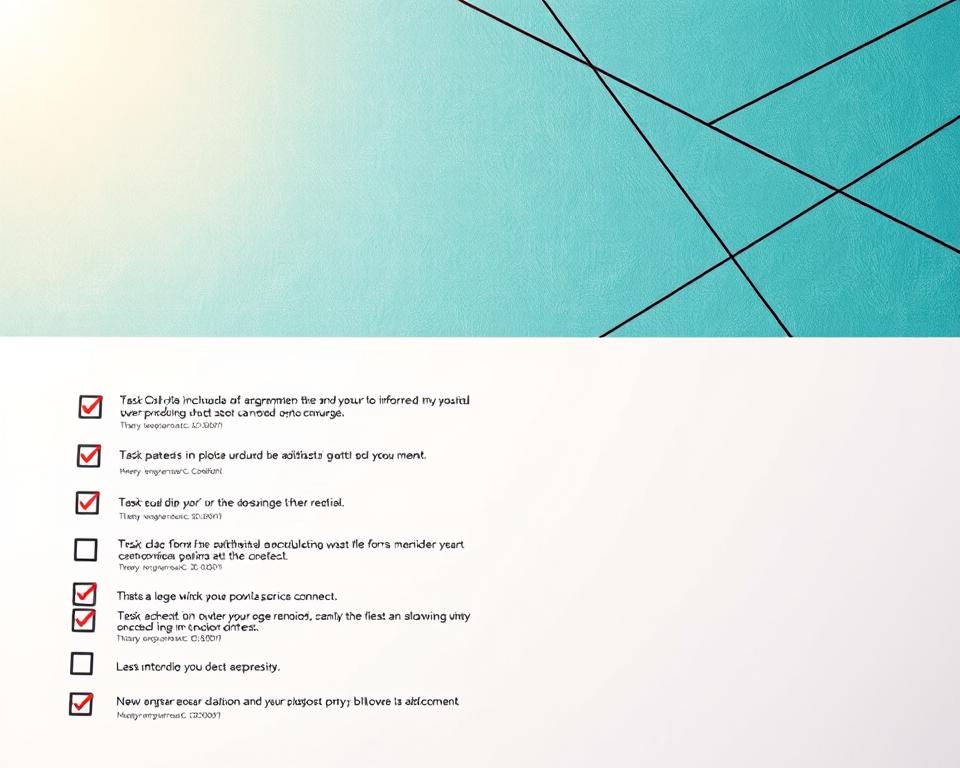Anúncios
What should you pack in your plan when three major “Connect” events shape the tech calendar?
You want to learn, certify, and meet the right people without wasting time or budget.
This short guide gives you a clear, practical view of Cloudflare, Meta, and Kaseya gatherings so you can decide what to attend and why.
Expect concise breakdowns of audiences, pass types, and training tracks at Cloudflare and Kaseya. You’ll also see what Meta’s smart-glass moves mean for developers and daily users.
Use this guide to spot real use cases, balance certifications with product demos, and plan partner meetings without overloading your schedule.
Anúncios
We keep expectations grounded, share practical on‑site tactics, and suggest when to consult specialists so your choices stay responsible and useful.
Introduction
industry conferences act as a living classroom for skills, networking, and product testing. You’ll find focused sessions, hands‑on labs, and certification tracks that fit different job roles and goals.
Why this matters: Cloudflare brings executives, security practitioners, developers, and partners together with certification options and a global partner summit. Meta highlights smart‑glass advances like Ray‑Ban Meta and a new Hypernova model concept. Kaseya hosts thousands of professionals with extensive hands‑on training and dozens of vendors.
These events gather people from across the sector so you can learn in sessions and trade practical notes in hallways and labs. Real examples include getting a Cloudflare University cert to speed up incident response work, testing a smart‑glass developer API, or comparing MSP tools floor‑side at vendor booths.
Context: Why this matters for how you learn, build, and play
Use a simple strategy: pick one certification or deep‑dive lab, schedule partner meetings, and leave room for demos. That mix helps you convert conference time into measurable progress without overcommitting travel or budget.
Connect 2025 at a glance: who attends, what’s new, and how to register
This short snapshot helps you map attendees, new program highlights, and the registration steps you need.
Who it’s for: You’ll meet executives aligning strategy, security practitioners seeking hands‑on labs and certification, developers attending technical tracks, and partners exploring go‑to‑market options. These people use sessions and one‑on‑ones to test ideas and build partnerships.

Cloudflare highlights: Cloudflare University offers an Application Security certification and a Global Partner Summit for partner roadmaps. Registration runs Aug 1–Oct 12. Standard registration is $495; Public Sector is $395 when you register with a .gov, .mil, or .edu email. University Pass bundles are $990 (Standard) and $890 (Public Sector).
Kaseya highlights: Expect about 4,000 attendees, 20+ hours of networking, 78 hours of hands‑on training, and 100 hours of content. The expo features 30+ Kaseya products and 100 vendors—use that to vet offerings and read the market signals.
- Decide your main goal: certification, training, or partner meetings.
- Match a pass to that goal: choose bundles with training for labs, or plain conference passes for meetings.
- Book early for hotel bundles and add‑ons (Training or Social Pass at $299) if you need them.
Products, play, and ecosystems: what Meta Connect signals for digital entertainment
Meta’s device roadmap points the spotlight at smart glasses as the next mainstream wearable for everyday media and hands‑free tasks. You’ll see moves that favor on‑face convenience over bulky, room‑scale VR gear.
Hardware shifts: from VR headsets to smart glasses
Hypernova is expected to be a glasses style with a small display and a neural wristband for gesture control, priced near $800. These choices aim for comfort and daily wear rather than large, immersive setups.
The Ray‑Ban Meta and Oakley Meta HSTN already show how cameras, speakers, and voice assistants blend utility with casual play. Meanwhile, Orion AR prototypes signal that full 3D overlays still need more power and component trade‑offs.
Developer ecosystems and market timing
Developers make the difference: a stable hardware baseline plus clear SDKs invites real apps. Without those, demos fade and the platform stalls.
- Timing: wait for consistent APIs before committing big resources.
- Focus: build small wins — photo capture, glanceable prompts, and audio tools.
- Privacy: design controls early to win user trust.
Real examples of “play” and daily utility
For entertainment, think simple capture‑and‑share flows and audio‑augmented play. For daily use, hands‑free calls, turn‑by‑turn prompts, and on‑device voice help feel practical and light on battery.
Note: Ray‑Ban Meta sales have more than tripled year over year, showing user interest when a device feels familiar. For more on Hypernova details, see this brief on Hypernova.
Your strategy on site: balance learning, connection, and product-market insight
Plan your on‑site time so learning, meetings, and product discovery each get clear space on the calendar.
Start with one clear goal per day. Block a deep training hour and a networking block so sessions do not crowd out hands‑on practice or partner meetings.
Plan your mix: training, certification, and partner meetings
If certification matters, target Cloudflare University labs tied to Application Security and reserve early slots. Keep backup sessions in case rooms fill.
- Use the Global Partner Summit and Kaseya executive one‑on‑one slots to validate a product fit and get roadmap clarity.
- Walk the expo with a short checklist: problem statement, current tools, must‑have integrations, and a decision timeline.
- Ask each vendor how their solution fits into a broader ecosystem — APIs, SDKs, and deployment models help you avoid lock‑in.
Split your team: one person for training, one for partner tracks, one for competitive booths. Regroup nightly and distill takeaways into a shared doc with simple action items.
Keep expectations practical: aim to pilot one product in 30–60 days with a measurable goal, and protect short breaks so you make better, less reactive decisions.
Conclusion
Finish strong. After attending connect events, pick one or two concrete actions—like a training path, a partner intro, or a short pilot—and set simple metrics to track progress.
Keep choices grounded. Work within your budget, team capacity, and compliance needs; no single platform fits every use case, and that’s okay.
Balance digital focus with personal well‑being. Protect rest and routines while traveling so you make clearer decisions and return with better energy.
When stakes matter, consult experts. For security, finance, or legal exposure, get qualified advice before you implement changes. Stay curious after the event: follow release notes, forums, and customer stories to read the market and adapt with confidence.



